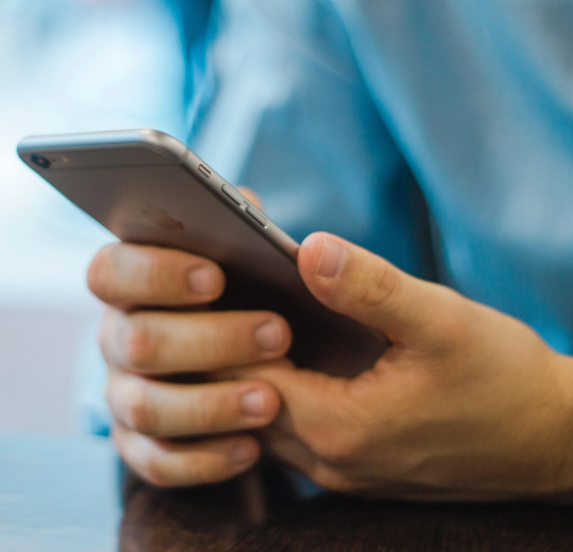Students and Cell Phones at FWCD

Our decision this fall to restrict ninth graders’ cell phone access at school was not particularly radical. We hope, however, that it was a step in the right direction toward fostering social interaction and addressing our increasing concerns about the negative impact cell phone time can have on young adolescents.
Before the Upper School, cell phones and Apple watches (or the equivalent) are not to be used by our JK-8 students during any part of the academic school day. Their use should be limited to before or after classes each day, serving as a parent (carpool) communication device.“Dumb phones” (flip phones without internet access) serve this purpose just fine. Whether you give your child a device or not, we need parents to avoid training children to be expecting direct electronic communication during the school day. Our Lower and Middle School Offices can relay necessary information.
Once in Upper School, while we allow students to carry their cell phones during the school day, the FWCD Upper School has long been a place of controlled cell phone use when students are in classes. Upper School faculty have cell phone storage caddies in their classrooms and manage when students may have their devices out and when students may use them.
Before this year, we had chosen not to monitor or restrict cell phone use during our students’ out-of-class time. This school year, by not allowing our ninth graders to use their cell phones between classes or in the library or in the Fisher Dining Pavilion (FDP), we are hoping to disrupt the current adolescent path from occasional cell phone checkers to full-time scrollers and even “addicts.”
In his 2024 book, The Anxious Generation, Jonathan Haidt seems to have struck a chord with many adults who keep seeing children, their own and others, who appear addicted to finding the next TikTok or Instagram video or shareable meme in their feed. Identifying potential sources of increased and often dangerous anxiety in adolescents, Haidt cites what he sees as a combination both of excessive freedom to use cell phones as social media and internet trolling devices and, simultaneously, of excessive limits on the same children’s ability to be out of their parents’ eyesight.
Some of the most poignant cell phone observations Haidt makes are from adolescents and young adults themselves. He notes that young people in recent years have begun to share their own concerns about their devices and the negative impact on them of constant connection. Many adolescents are ready for adults to help them by imposing limits.
As we transition in Upper School to using laptops in classes and for homework, we do not expect to eliminate all distractions. The temptation (and ability) to stream a movie or play a video game is real with the laptop. The same could be true for a student without a device who is an avid reader: They might need to learn to put their fun reading aside. With laptops, we are allowing room for error, room that we are working to narrow with cell phones.
The cell phones are different from laptops, we are saying, in that they are almost solely a distraction and an impediment to healthy social interaction. The extension of cell phone limits from JK-8 into our ninth grade is an important project as we work to help students develop good habits and to be able to avoid creating a sense of normalcy around checking their phones incessantly.





















